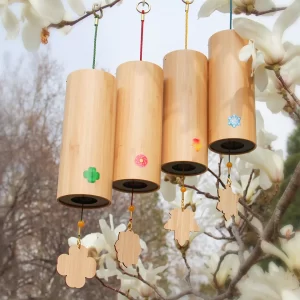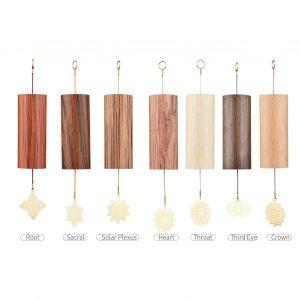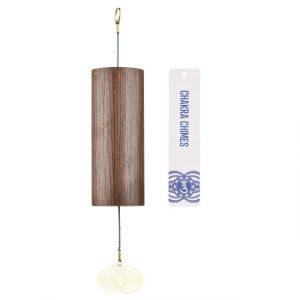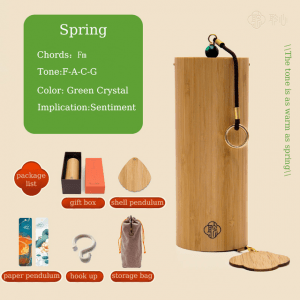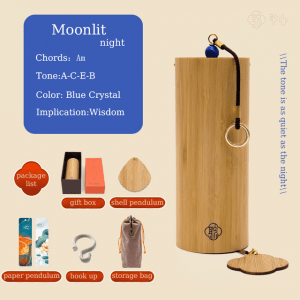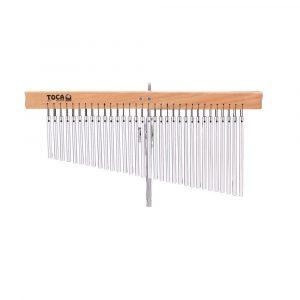
Chimes are musical instruments that produce sound when their individual components (often tubular or rod-like structures) are struck. The term “chime” originally referred to a set of bells, typically in a tower, which were sounded to mark the hour. Today, the term encompasses a variety of instruments, both large and small, and they can be found in various cultural, musical, and spiritual contexts around the world. Here’s an overview:
1. Types of Chimes:
Tubular Chimes: These are made of hollow tubes, usually of metal, that produce sound when struck. The length and diameter of the tube determine its pitch.
Wind Chimes: These are outdoor decorations that produce sound when moved by the wind. They can be made of metal, glass, bamboo, or other materials.
Bell Tower Chimes: Often found in churches, these are a set of bells struck by a clapper, hammer, or by hand.
Mark Tree or Bar Chimes: Often used in orchestras or bands, they are a series of small, hanging metal bars of decreasing length.
2. Uses and Significance:
Musical Context: Chimes are used in various musical settings, from orchestras to rock bands. They add a delicate, shimmering sound to musical compositions.
Spiritual and Cultural: In some cultures, chimes, especially wind chimes, are believed to ward off evil spirits or bring good luck. They are also used in certain spiritual practices to call attention or mark the beginning or end of a meditation session.
Relaxation and Meditation: The gentle sound of chimes can be used to aid relaxation, reduce stress, and assist in meditation.
Decoration: Wind chimes are popular garden and home decorations, appreciated for both their visual appeal and the ambient sound they produce.
3. Materials and Construction:
Chimes can be made from a variety of materials, including metal (brass, aluminum, steel), bamboo, glass, and more. The material and construction determine the sound’s timbre, sustain, and volume.
4. Benefits and Therapeutic Uses:
Sound Therapy: Just like gongs, singing bowls, and tuning forks, chimes are also used in sound therapy for their calming and healing vibrations.
Aural Stimulation: The gentle, tinkling sound of chimes can be soothing for many, especially those with sensory processing disorders or dementia.
Mindfulness Reminder: The unexpected sound of a chime can serve as a reminder to return to the present moment, making them valuable tools for mindfulness practices.
In summary, chimes are versatile instruments with various cultural, spiritual, and therapeutic applications. Their gentle sound can be a source of relaxation, introspection, and joy for many.

Chimes, with their delicate and harmonious sounds, have been appreciated across cultures for their various benefits, both tangible and intangible. Here’s a list of some of the advantages and therapeutic effects of chimes:
Relaxation and Stress Reduction
The soft, melodic tones produced by chimes can induce a sense of calmness, helping to alleviate stress and anxiety.
Meditation Aid
Chimes can be used to mark the beginning and end of meditation sessions, helping practitioners to center themselves and enter a meditative state more efficiently.
Sound Therapy
In the realm of sound healing, chimes are used to promote healing and balance on an energetic and emotional level. Their resonating sound frequencies can have a soothing and harmonizing effect on the body.
Enhancing Mindfulness
The spontaneous sound of a chime can serve as a reminder to return to the present moment. This can be especially useful in mindfulness practices or during moments of distraction.

Sleep Aid
For some, the gentle sounds of chimes can be conducive to sleep, helping to mask disruptive noises and create a peaceful environment.
Cultural and Spiritual Significance
In certain cultures, chimes (especially wind chimes) are believed to ward off negative energies or spirits, thus bringing positive energy and good luck to the space.
Sensory Stimulation
Especially for individuals with sensory processing disorders, dementia, or certain developmental challenges, the sound of chimes can provide therapeutic sensory stimulation.
Enhancing Focus and Concentration
The rhythmic and repetitive sounds of chimes can help improve concentration, providing a point of auditory focus.

Memory and Recall
The unique sound of chimes can trigger memories and emotions, making them useful in reminiscence therapy for individuals with dementia or Alzheimer’s.
Aesthetic Pleasure
Beyond their therapeutic benefits, chimes, particularly wind chimes, add aesthetic and auditory beauty to gardens, homes, and other spaces.
Natural Connection
Wind chimes, in particular, connect us to the natural world. They respond to the environment, with the wind determining their rhythm and melody, helping listeners feel more attuned to nature.
While these benefits resonate with many, individual experiences with chimes can vary. Some might find profound peace and relaxation from their sounds, while others might simply enjoy their musical or decorative qualities.
Koshi Chimes
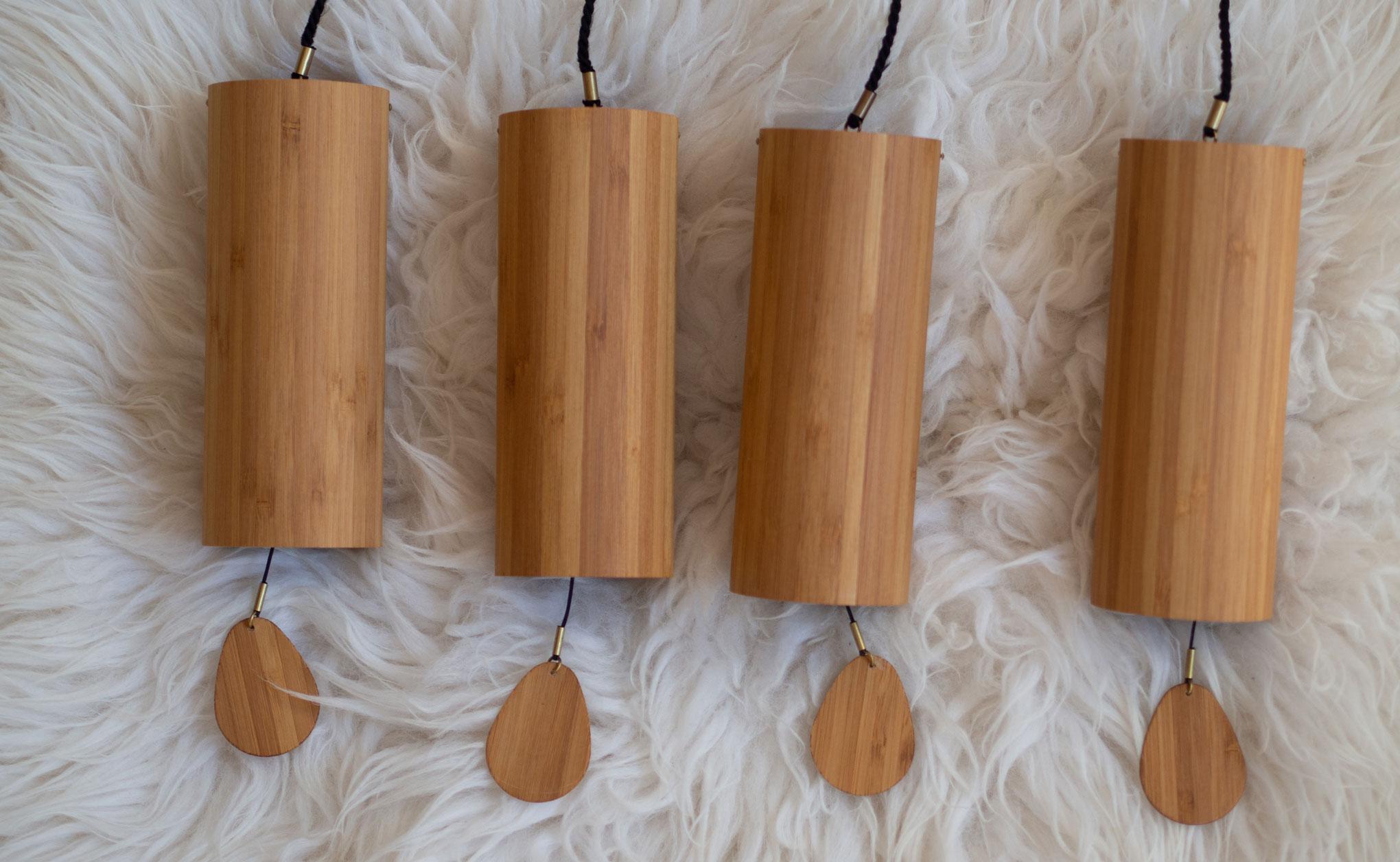
Koshi chimes are a specific type of wind chime known for their distinct, clear, and melodic tones. They originate from the Koshi region in the foothills of the Pyrenees Mountains in France and have become popular worldwide for their high-quality sound and craftsmanship.
Here are some key details about Koshi chimes:
1. Design and Construction:
Material: Koshi chimes are typically made from bamboo veneers for the body, which gives them a beautiful, natural look, and they have metal tines inside.
Tuning: Each chime is precision-tuned, and they come in different tunings that correspond to different elements. The meticulous tuning process ensures a rich, harmonious sound.
Variants: There are four main tunings for Koshi chimes, each representing an element: Terra (Earth), Aqua (Water), Aria (Air), and Ignis (Fire). Each has its own unique melody and can be played individually or in combination with others.
2. Uses and Benefits:
Sound Therapy: Due to their precise tuning and harmonious sound, Koshi chimes are often used in sound therapy and healing sessions.
Meditation Aid: The gentle, melodic tones of the Koshi chimes are excellent for marking the beginning or end of meditation sessions and can also serve as a calming background sound during meditation.
Relaxation: The sound of Koshi chimes can help reduce stress and induce a state of relaxation. Many people find their tones to be especially calming and soothing.
Decorative Element: Beyond their auditory benefits, Koshi chimes are aesthetically pleasing and can be a beautiful addition to homes, gardens, or any calming space.
3. Maintenance:
- While Koshi chimes are designed to be durable, it’s still a good idea to take some basic care steps. If hung outdoors, they should be placed in a protected area, away from heavy winds or direct rain to ensure longevity.
4. Playing Technique:
- Koshi chimes can be played by gently moving the chime itself or by allowing the wind to move the internal clapper, which strikes the tuned tines. This creates the melodic and harmonious tones the chimes are known for.
In summary, Koshi chimes are renowned for their pristine sound quality and their ability to create an atmosphere of peace and serenity. Whether you’re looking to enhance a meditation space, introduce calming sounds into your environment, or delve into sound therapy, Koshi chimes are an excellent choice.


